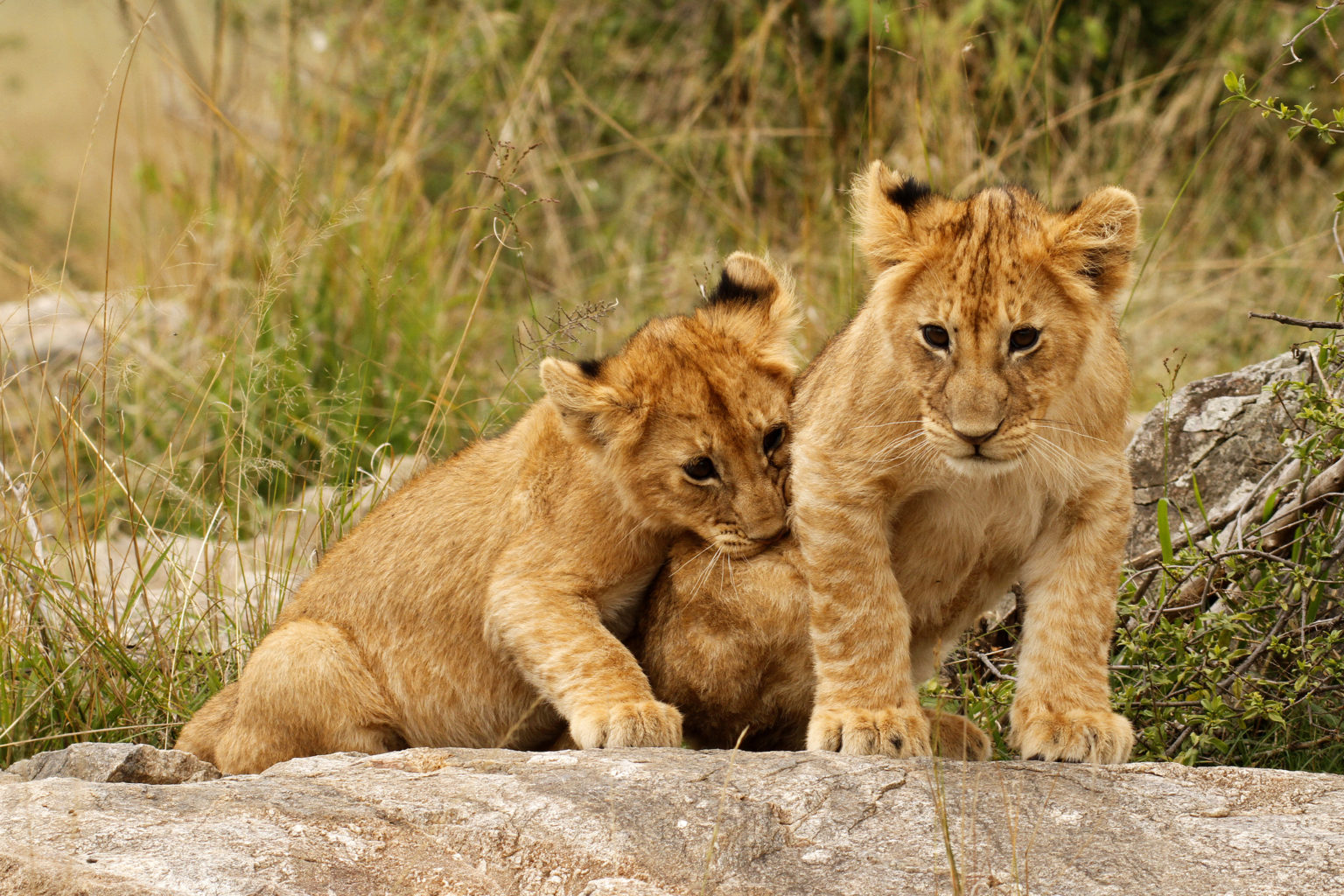The Average Lifespan Of A Lion: A Comprehensive Guide

The Average Lifespan Of A Lion: A Comprehensive Guide. Discover more detailed and exciting information on our website. Click the link below to start your adventure: Visit Best Website. Don't miss out!
Table of Contents
The Average Lifespan of a Lion: A Comprehensive Guide
The majestic lion, Panthera leo, reigns supreme as the king of the jungle. But how long does this apex predator actually rule? Understanding the average lifespan of a lion reveals fascinating insights into their lives, the challenges they face, and the crucial role of conservation efforts in ensuring their survival. This comprehensive guide delves into the factors affecting lion longevity, exploring both wild and captive environments.
Lion Lifespan: Wild vs. Captive
The lifespan of a lion varies dramatically depending on its environment. While captive lions often live significantly longer, their wild counterparts face a much harsher reality.
Wild Lions:
- Average Lifespan: A wild lion's lifespan averages between 10 and 14 years.
- Factors Affecting Lifespan: Several factors dramatically impact the longevity of wild lions. These include:
- Competition for resources: Fierce competition for food and territory with other prides and even rival species significantly reduces their life expectancy. Scarcity of prey directly correlates with shorter lifespans.
- Predation: While adult lions are apex predators, cubs and vulnerable individuals are susceptible to attacks from other predators like hyenas and crocodiles.
- Disease: Infectious diseases like canine distemper virus can decimate lion populations, drastically reducing their lifespan.
- Human-wildlife conflict: Poaching, habitat loss, and retaliatory killings due to livestock depredation remain major threats, contributing to shorter lifespans.
- Starvation: Periods of drought and prey scarcity lead to malnutrition and increased mortality rates, especially among cubs and weaker individuals.
Captive Lions:
- Average Lifespan: In zoos and sanctuaries, lions can live significantly longer, with an average lifespan of 10 to 20 years, and some even exceeding 20 years.
- Factors Contributing to Longer Lifespan: The extended lifespan in captivity is largely due to:
- Protection from predators and human conflict: Captive lions are safe from poaching and retaliatory killings.
- Access to consistent food and veterinary care: Regular access to high-quality nutrition and prompt medical attention minimizes disease-related mortality.
- Reduced competition for resources: Captive lions don't face the same level of competition for food and territory as their wild counterparts.
Lionesses: The Backbone of the Pride
It's important to note that lionesses generally have shorter lifespans than male lions. The demanding role of hunting, raising cubs, and defending the pride takes a physical toll. The constant exertion and increased risk associated with hunting contribute to their shorter life expectancy.
Conservation Efforts: Extending Lion Lifespans
The survival of wild lions hinges on successful conservation efforts. Organizations worldwide work tirelessly to:
- Combat poaching: Stricter anti-poaching measures and increased law enforcement are crucial.
- Protect habitats: Conserving and expanding lion habitats is vital to ensuring access to prey and reducing human-wildlife conflict.
- Manage disease outbreaks: Vaccination programs and disease surveillance are vital for minimizing disease impacts on lion populations.
- Promote community-based conservation: Engaging local communities in conservation efforts ensures long-term sustainability.
Learn More and Get Involved
The future of lions depends on our collective action. Learn more about lion conservation initiatives and find ways to support organizations dedicated to protecting these magnificent creatures. You can make a difference in ensuring these kings and queens of the jungle thrive for generations to come. Visit [link to a relevant conservation organization] to discover how you can get involved.

Thank you for visiting our website wich cover about The Average Lifespan Of A Lion: A Comprehensive Guide. We hope the information provided has been useful to you. Feel free to contact us if you have any questions or need further assistance. See you next time and dont miss to bookmark.
Featured Posts
-
 Author Neil Gaiman Faces Sexual Assault Accusations From Former Nanny
Feb 05, 2025
Author Neil Gaiman Faces Sexual Assault Accusations From Former Nanny
Feb 05, 2025 -
 Securite Ferroviaire Apres Les Tirs A Austerlitz Quelles Mesures
Feb 05, 2025
Securite Ferroviaire Apres Les Tirs A Austerlitz Quelles Mesures
Feb 05, 2025 -
 Critter Fixers Cancellation Fans React To The Unexpected News
Feb 05, 2025
Critter Fixers Cancellation Fans React To The Unexpected News
Feb 05, 2025 -
 Burnout Bei Gerhard Schroeder Hintergruende Und Reaktionen
Feb 05, 2025
Burnout Bei Gerhard Schroeder Hintergruende Und Reaktionen
Feb 05, 2025 -
 Brice Rhodes Head Injury Latest Updates And Recovery Timeline
Feb 05, 2025
Brice Rhodes Head Injury Latest Updates And Recovery Timeline
Feb 05, 2025
